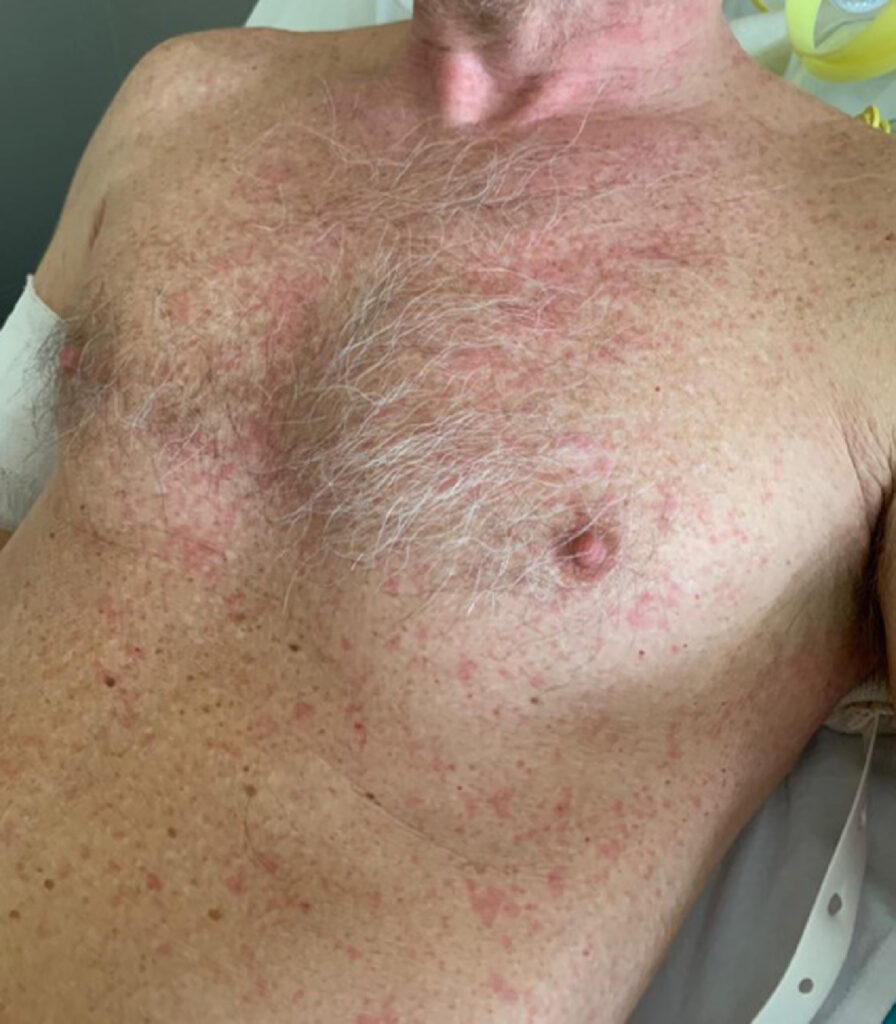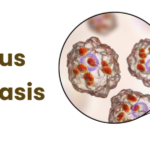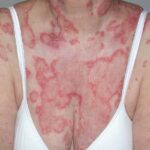Cutaneous listeriosis is a rare but significant form of infection caused by Listeria monocytogenes. Unlike systemic listeriosis, which is primarily foodborne, the cutaneous form occurs due to direct inoculation of the skin. This condition is most commonly seen in individuals exposed to contaminated animal products, particularly those working in veterinary, agricultural, and laboratory settings. This article delves into the key aspects of cutaneous listeriosis, including its causes, clinical presentation, diagnostic methods, treatment, and preventive measures.

Etiology and Transmission
The Pathogen: Listeria monocytogenes
Listeria monocytogenes is a gram-positive, facultative intracellular bacterium that thrives in various environmental conditions, including refrigerated and high-salt environments. It is a resilient pathogen capable of causing infections in both immunocompetent and immunocompromised individuals.
Transmission Routes
Cutaneous listeriosis is primarily an occupational disease. It occurs when L. monocytogenes enters the skin through cuts, abrasions, or microtraumas. Common sources of exposure include:
- Handling infected animals or animal products
- Assisting with animal births
- Contact with contaminated meat, dairy, or raw fish
- Exposure in laboratory settings during bacterial culture handling
Unlike systemic listeriosis, cutaneous infection does not result from foodborne transmission. Instead, it is localized to the site of inoculation.
Clinical Manifestations
Cutaneous Symptoms
Cutaneous listeriosis typically manifests within a few days of exposure. The progression of lesions follows a distinct pattern:
- Early Stage: Small, red, inflamed patches develop at the inoculation site.
- Nodular Phase: The lesions evolve into firm nodules, sometimes resembling erythema nodosum.
- Pustular Phase: Pustules or vesicles may form, which can ulcerate in severe cases.
These lesions commonly appear on the hands, fingers, and forearms, reflecting occupational exposure. They are generally non-painful and do not cause significant itching.
Systemic Symptoms
In rare cases, cutaneous listeriosis may be accompanied by mild systemic symptoms, including:
- Low-grade fever
- Lymphadenopathy (swollen lymph nodes)
- Fatigue and malaise
Unlike invasive listeriosis, the cutaneous form rarely leads to severe complications unless the patient is immunocompromised.
Diagnosis
Clinical Assessment
A detailed occupational and exposure history is crucial for diagnosing cutaneous listeriosis. Clinicians should inquire about recent contact with livestock, animal products, or laboratory cultures of L. monocytogenes. The characteristic lesion pattern further aids in clinical suspicion.
Laboratory Testing
- Microbial Culture: Swabs from skin lesions are cultured on selective media to isolate L. monocytogenes.
- Gram Staining: Reveals gram-positive rods with characteristic intracellular localization.
- Histopathology: Biopsy samples may show inflammatory infiltrates with bacterial presence.
- Molecular Testing: PCR assays can confirm L. monocytogenes presence in clinical samples.
A combination of clinical history and laboratory confirmation is essential for an accurate diagnosis.
Treatment
Antibiotic Therapy
Antibiotic treatment is required to prevent progression and complications. The preferred regimens include:
- First-line therapy: Amoxicillin or ampicillin, often combined with gentamicin for enhanced efficacy.
- Alternative options: Trimethoprim-sulfamethoxazole or erythromycin for penicillin-allergic patients.
A typical course lasts 5–7 days, with adjustments based on clinical response.
Supportive Care
- Wound Care: Keeping the lesion clean and dry helps prevent secondary infections.
- Pain Management: NSAIDs or acetaminophen may be used for symptomatic relief.
- Surgical Drainage: Required only in cases of abscess formation.
Prevention
Individuals at high risk of exposure should follow strict preventive measures, including:
- Personal Protective Equipment (PPE): Gloves, masks, and protective clothing when handling animals or contaminated materials.
- Hand Hygiene: Regular handwashing and use of disinfectants after handling potential sources of infection.
- Workplace Sanitation: Decontamination of tools and surfaces to reduce bacterial transmission.
- Avoiding Open Wounds: Any cuts or abrasions should be properly covered before exposure to animals or animal products.

